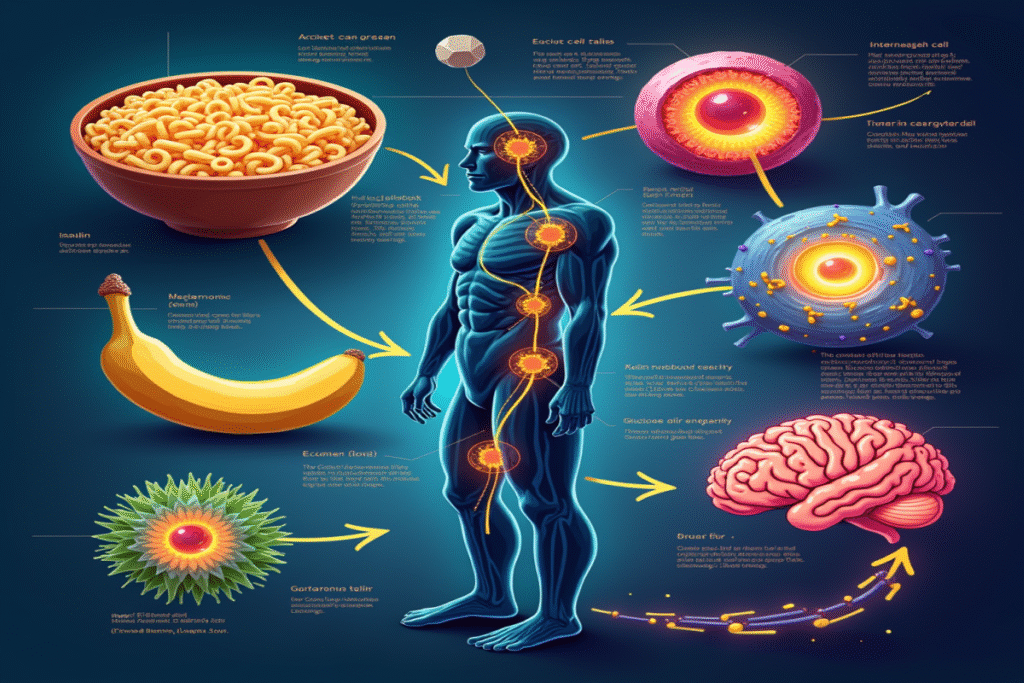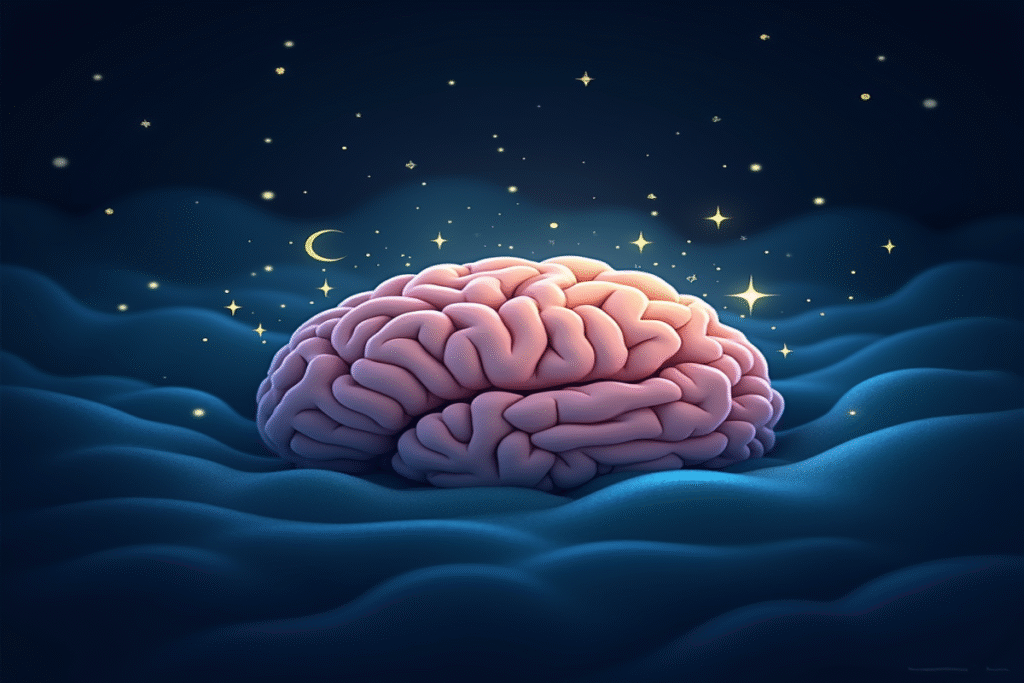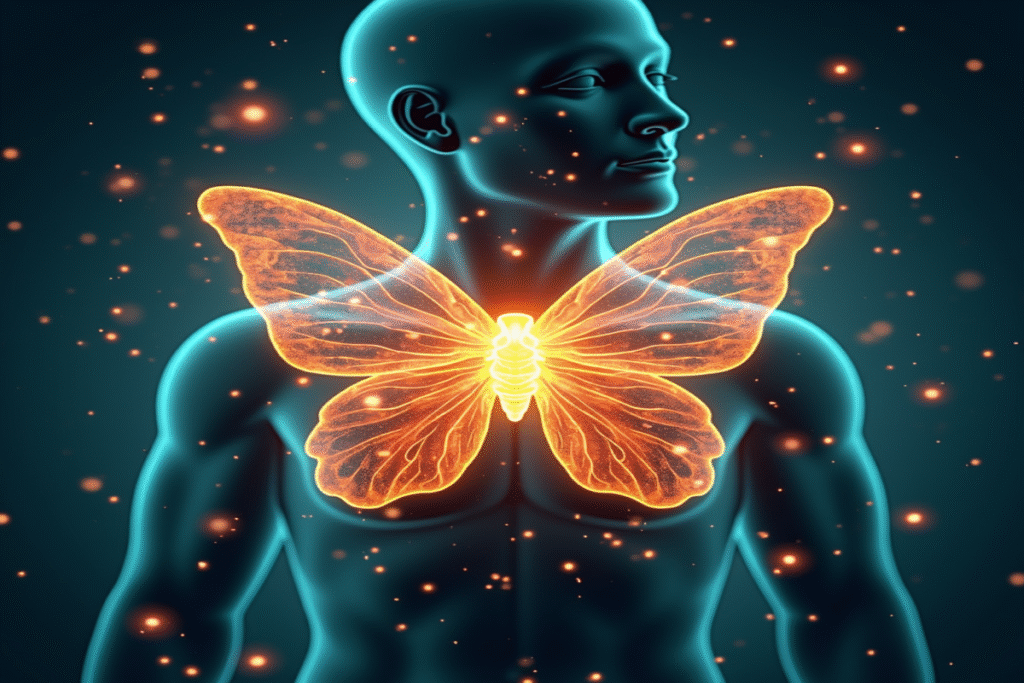If you thought gender was fixed at birth for all living creatures, prepare to have your mind changed. In the animal kingdom, sex isn’t always permanent. Some species possess a remarkable ability that sounds like science fiction: they can transform from male to female or vice versa during their lifetime. This phenomenon, known as sequential hermaphroditism, is not just a biological curiosity—it’s an evolutionary strategy that helps species survive and thrive.
The ultimate adaptation: when and why animals switch sex
For humans, biological sex is determined at conception and remains fixed throughout life. But for many fish, mollusks, and even some reptiles, sex can be fluid. These animals change their reproductive organs, hormones, behaviors, and sometimes even their appearance to become the opposite sex.
Why would evolution favor such transformations? As with most adaptations in nature, it comes down to reproductive success. By changing sex at strategic times, animals can maximize their chances of passing on their genes.
Three patterns of sex change in the animal kingdom
Scientists have identified three main patterns of sex change in nature:
- Protogyny (female-to-male): Animals begin life as females and later transform into males. This is common in many reef fish like wrasses and parrotfish.
- Protandry (male-to-female): Animals start as males and later become females. Clownfish and some shrimp species follow this pattern.
- Bidirectional sex change: The rarest form, where animals can change back and forth between sexes multiple times, as seen in some gobies and coral-dwelling fish.
The size advantage hypothesis: evolution’s clever solution
The most widely accepted explanation for sex change is called the “size advantage hypothesis.” It suggests that for some species, the reproductive success of each sex depends on body size.
In protogynous species (female-first), males gain more reproductive benefit from being large. For example, a male fish that defends a territory with multiple females—bigger males win more battles and mate with more females. So, these animals start life as females, and only those that grow large eventually become males.
In protandrous species (male-first), the opposite applies. Female fertility often increases with size—larger females can produce more eggs. For clownfish, large females produce far more eggs than smaller females, making it advantageous to begin life as a male and switch to female when reaching a larger size.
Living examples: nature’s gender-bending champions
Clownfish: Finding Nemo got it wrong
Remember the movie Finding Nemo? If it were scientifically accurate, after Nemo’s mother died, his father Marlin would have transformed into a female. Clownfish live in strict hierarchies dominated by one breeding pair—a large female and a slightly smaller male—surrounded by smaller, non-breeding males. When the female dies, the breeding male changes sex to become the new female, and the largest non-breeding male rises to become the new breeding male.
Wrasses: the harem masters
The bluehead wrasse presents one of the most dramatic transformations in nature. Most of these reef fish begin life as yellow-colored females. They live in groups dominated by a single blue-headed male who mates with his group of females. If the male disappears, the largest female undergoes a remarkable transformation within days.
Her behavior changes first—she becomes more aggressive and territorial. Then, within 7-10 days, her ovaries transform into testes, her coloration shifts from yellow to the brilliant blue of a dominant male, and she even develops different swimming patterns. This former female now becomes the new breeding male of the group.
Sequentially hermaphroditic gastropods: land-based sex changers
While most sex-changing animals live in the sea, some land snails and slugs are sequential hermaphrodites too. Banana slugs, for instance, are typically hermaphroditic (having both male and female reproductive organs), but can emphasize one set of organs depending on environmental conditions or mating opportunities.
How does the transformation happen?
The biological mechanisms behind sex change are complex and vary between species, but scientists have uncovered some fascinating processes:
Hormonal orchestra
Sex hormones play a leading role in these transformations. In fish, a decrease in estrogen and an increase in androgens (like testosterone) drive female-to-male changes, while the reverse hormonal shift enables male-to-female transitions. These hormone changes trigger cascading transformations throughout the animal’s body.
Genetic mechanisms stay active
Unlike mammals, where most sex-related genes become inactive in adults, sex-changing animals maintain plasticity in their sex-determining genetic pathways. Recent research shows that many of these animals keep certain genetic networks dormant but ready to activate when environmental triggers cause a sex change.
Environmental triggers
What actually initiates these transformations? Common triggers include:
- Social cues: The removal of a dominant individual from a group
- Population density: Too many individuals of one sex in a limited area
- Size thresholds: Reaching a certain body size optimal for switching roles
- Environmental stressors: Including temperature changes, particularly in reptiles
Why don’t all animals change sex?
If sex change is such an advantageous adaptation, why isn’t it more common across all animal groups? The answer lies in evolutionary trade-offs and physiological constraints.
Mammals and birds, for example, have evolved highly specialized reproductive systems. The energy and developmental costs of retaining the ability to switch sexes would be too high. Instead, these animals rely on other strategies, like parental care and complex mating behaviors, to ensure reproductive success.
Additionally, sex change generally evolves in species where:
- Males and females differ greatly in optimal size for reproduction
- Social structures involve harems or size-based hierarchies
- Individuals can reproduce as both sexes during their lifetime
Climate change: a new challenge for sex-changing species
This remarkable ability is now facing new pressures from climate change. For temperature-dependent sex-changing species like some fish and reptiles, warming oceans and habitats can skew sex ratios dangerously.
Studies on coral reef fish show that increased water temperatures can speed up the timing of sex change or alter the cues that trigger transformation. This can disrupt the delicate balance of these marine ecosystems if sex ratios become too imbalanced for effective reproduction.
What can we learn from nature’s gender flexibility?
These remarkable creatures challenge our understanding of sex and gender as fixed categories. While human biological sex is determined differently and lacks this plasticity, studying sex-changing animals offers valuable insights for biology, conservation, and even medicine.
Scientists are investigating how these animals can reorganize their tissues so dramatically without developing cancers or infections—insights that could one day benefit human medicine. Their ability to remodel organs and regulate hormones may help us understand hormonal disorders and tissue regeneration.
Most importantly, these fascinating creatures remind us that nature’s diversity far exceeds our everyday experience, and that evolution has created countless ingenious solutions for survival. In the fluid world of sex-changing animals, we find another example of life’s remarkable adaptability.





